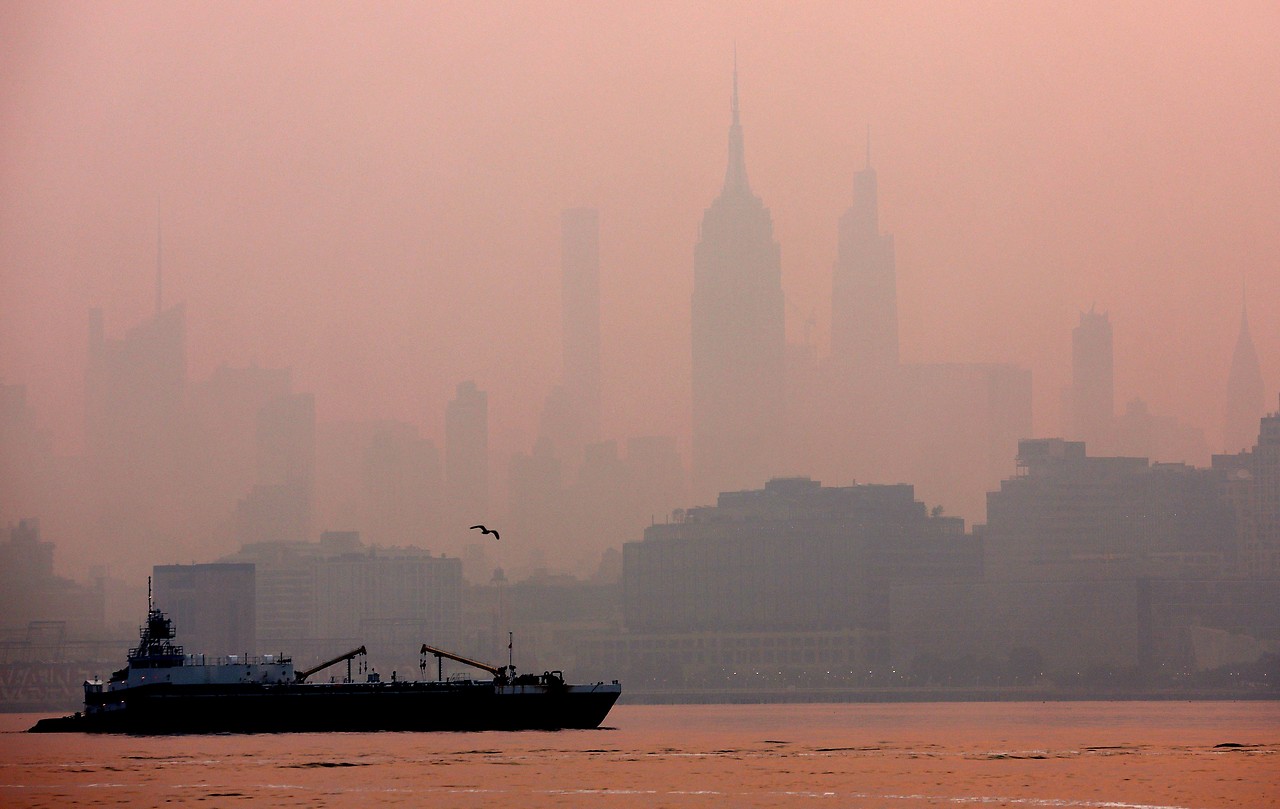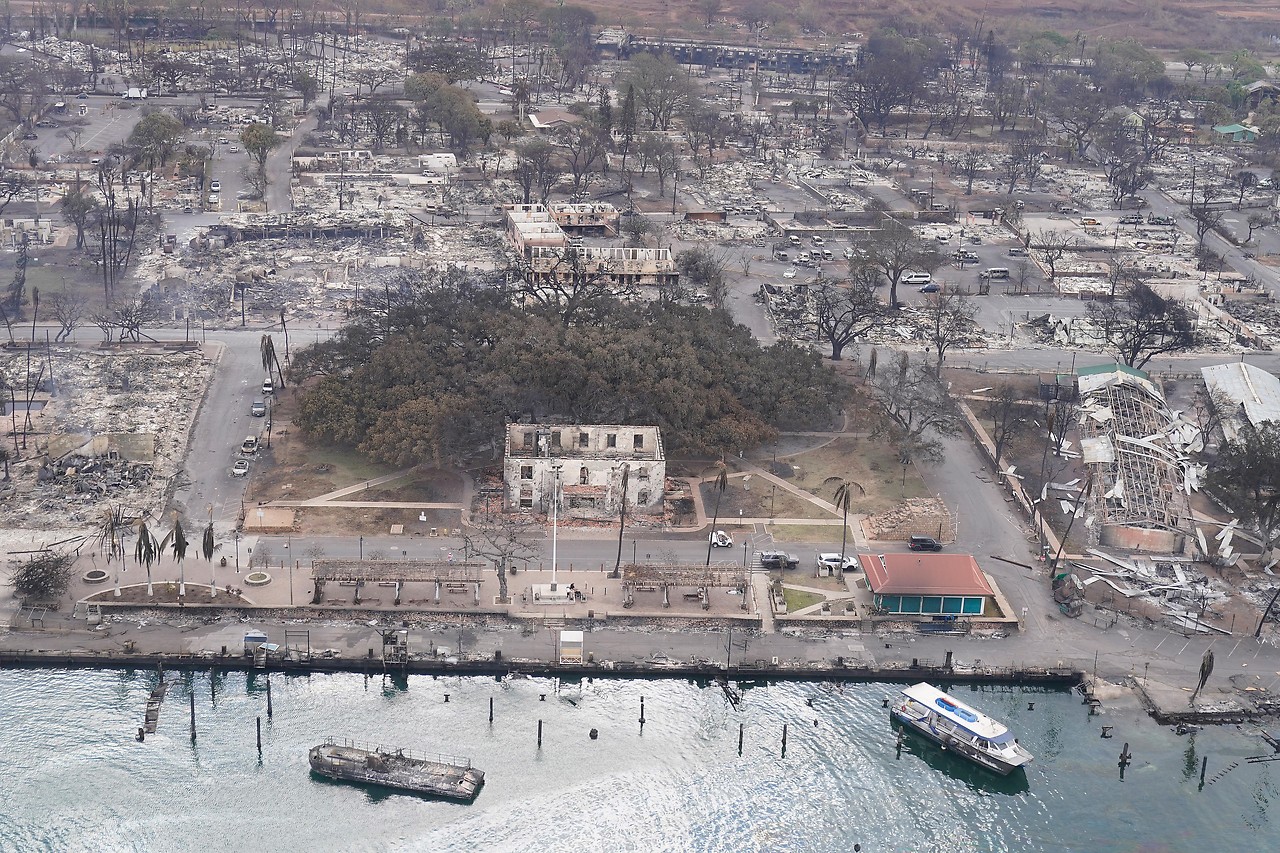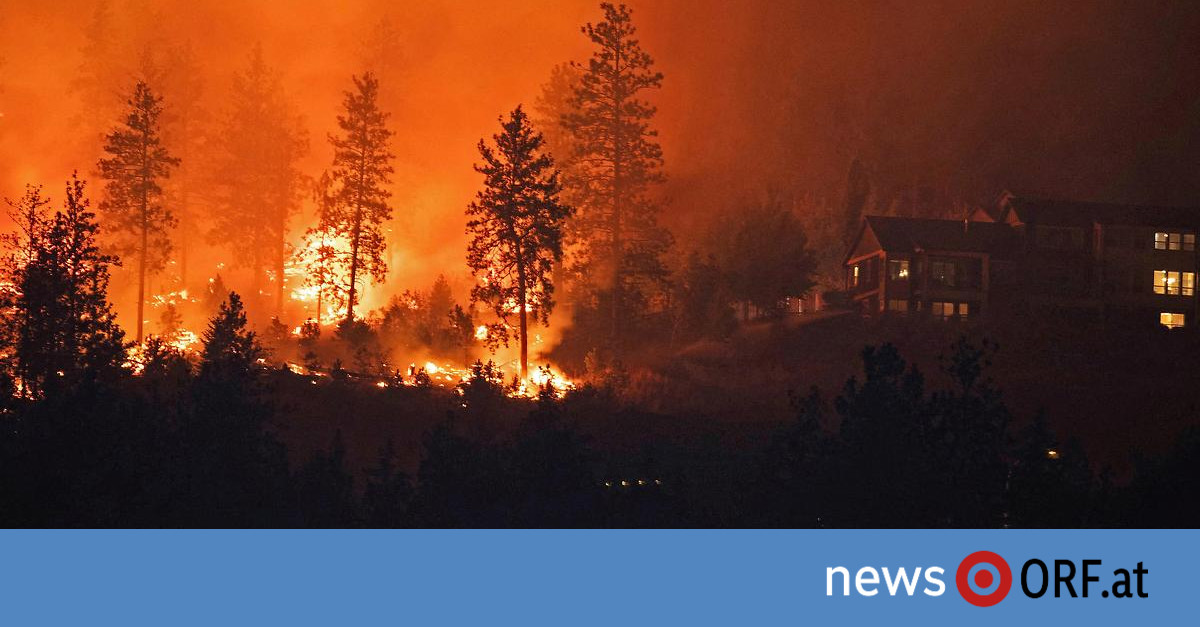Accordingly, the fire, which started in early May and lasted until October, released 480 megatonnes of CO2 into the atmosphere. Forest fires around the world caused 2,100 megatons of CO2 emissions in early December.
This is a negative record for Canada and nearly five times the average over the past 20 years. The fires in British Columbia, Alberta, Ontario, Nova Scotia, the Northwest Territories and Quebec were exceptional not only for their CO2 emissions, but also for their intensity, duration and impact on local communities, the Copernicus report says.
Large parts of North America and Europe are affected
Smoke growth has significantly affected air quality, the report said. This was not only in the local area, but also in large areas of North America and beyond. A huge plume of smoke drifted across the Atlantic Ocean and clouded the skies over parts of Europe. “The impact of wildfires on air quality in North America and the fact that these fires have resulted in hazy skies in Europe is a clear indication of their severity,” said CAMS expert Mark Barrington. liberation

While Canada has been hit particularly hard this year, wildfire seasons in the US and Russia have been relatively quiet, with CO2 emissions estimated to be lower than averages over the past 20 years.
Many deaths in Hawaii
However, the fire on the island of Maui in the US state of Hawaii was violent and claimed many lives and caused severe damage to infrastructure. In addition to Russia, Kazakhstan and Mongolia suffered significant forest fires in April and May.

Fires broke out in the Mediterranean region, particularly on the Greek island of Rhodes, along the Greek-Turkish border and in other parts of Greece. Spain recorded its highest emissions for March in 21 years since fires broke out on the border between the Aragon and Valencia regions and Asturias. In August, the Canary Islands were also badly hit by wildfires.

A complex relationship with the climate crisis
According to Copernicus, the weather phenomenon “El Nino” creates conditions that increase the risk of wildfires in the Southern Hemisphere. This has influenced fires in Indonesia and Australia. In South America, significant fires occurred in Chile and Argentina earlier this year.
The links between the climate crisis and wildfires are complex, the report said. Although CO2 emissions from fires are not the main driver of the increase in greenhouse gases in the atmosphere, higher temperatures and higher levels of these gases have fueled unprecedented wildfires like the one in Canada this year.
CAMS is one of the many services of the European Union’s Copernicus project. It provides data derived from satellite images in the areas of atmosphere, oceans, land, climate change, security and energy, among others.

“Communicator. Entrepreneur. Introvert. Passionate problem solver. Organizer. Social media ninja.”







More Stories
US company settles probe into America Mobil submarine cable system
Britain Summons Chinese Ambassador Over Spying Concerns – TradingView News
The US and Taiwanese navies conducted secret exercises in the Pacific in April, sources said.